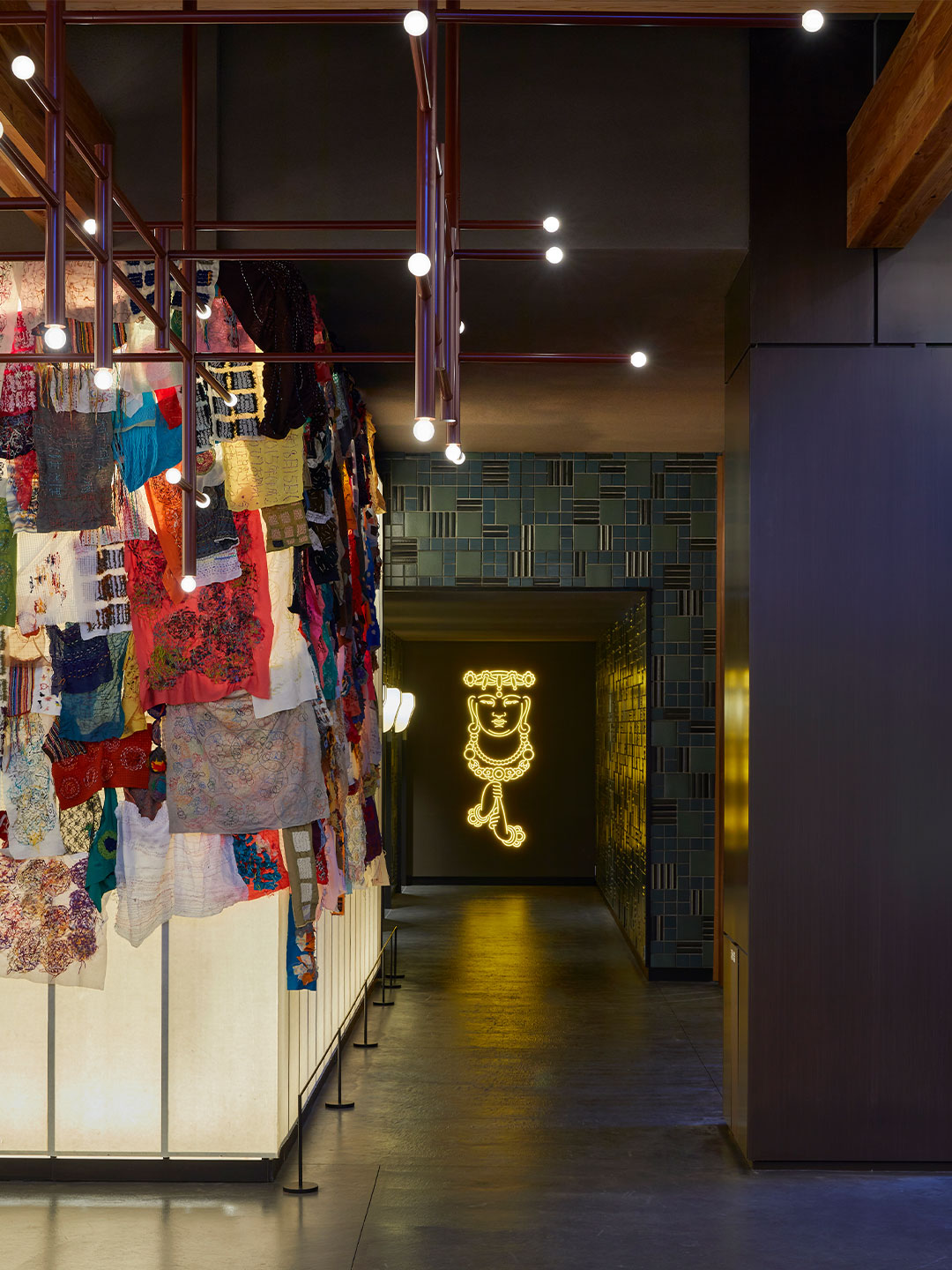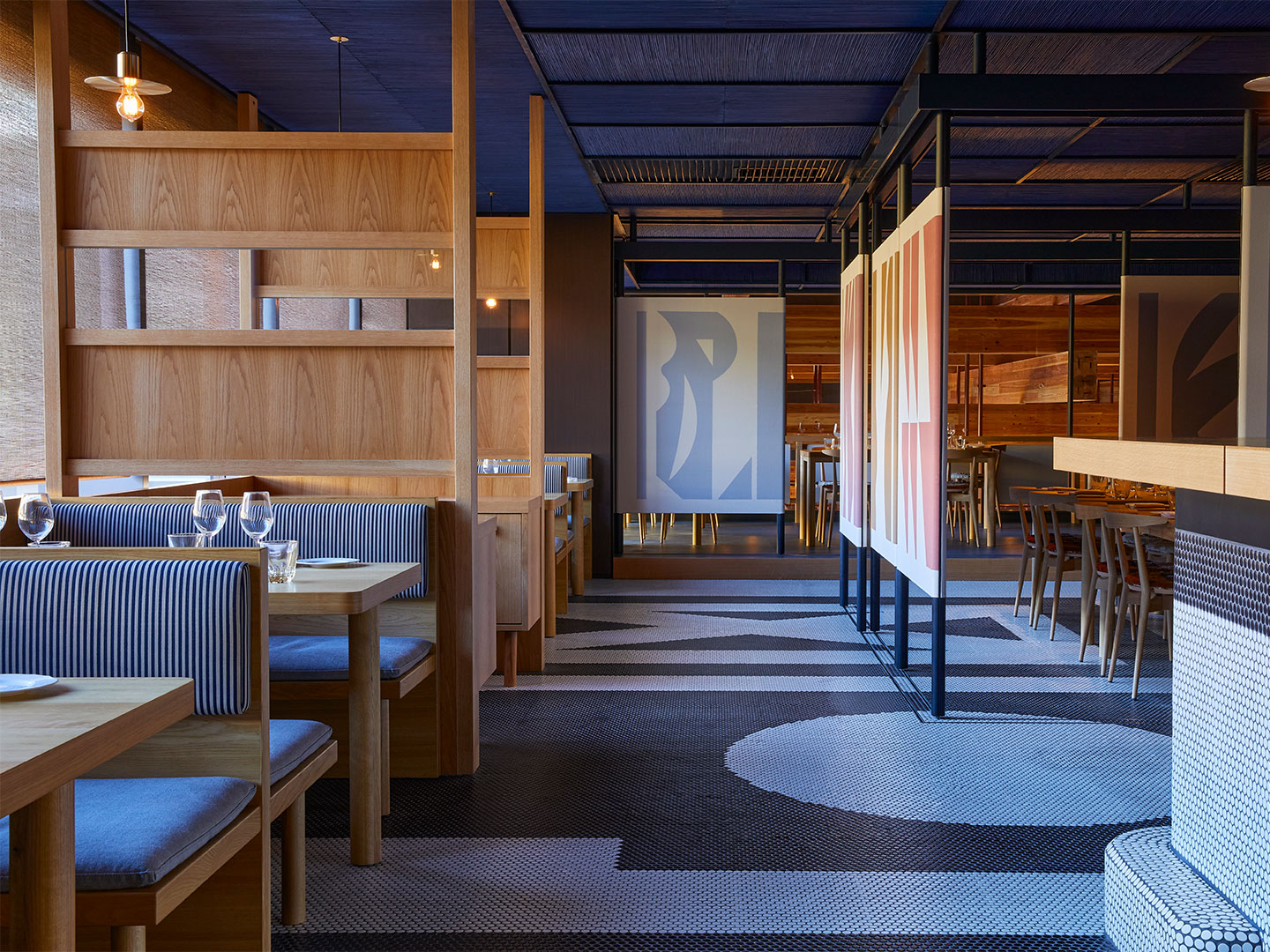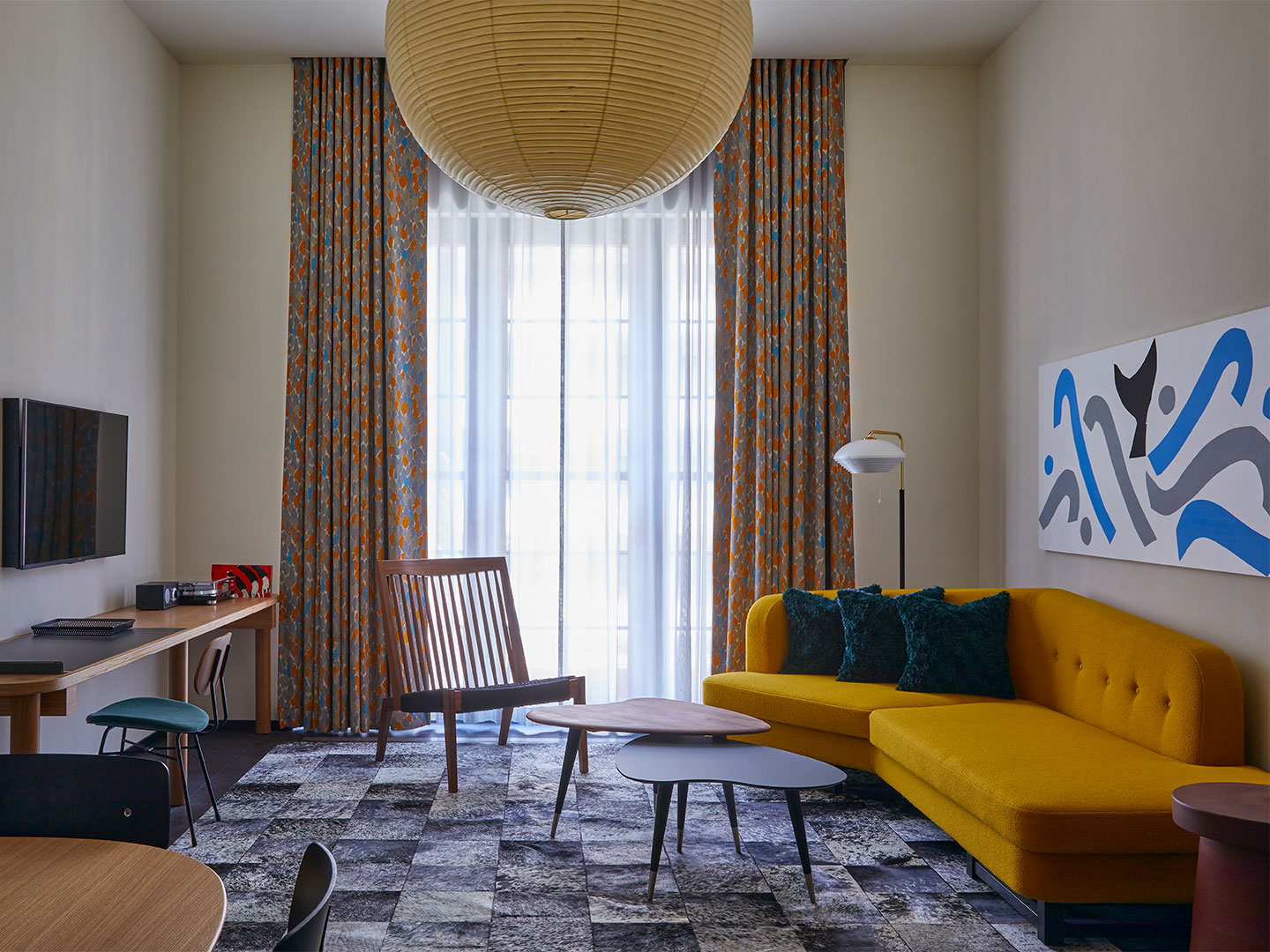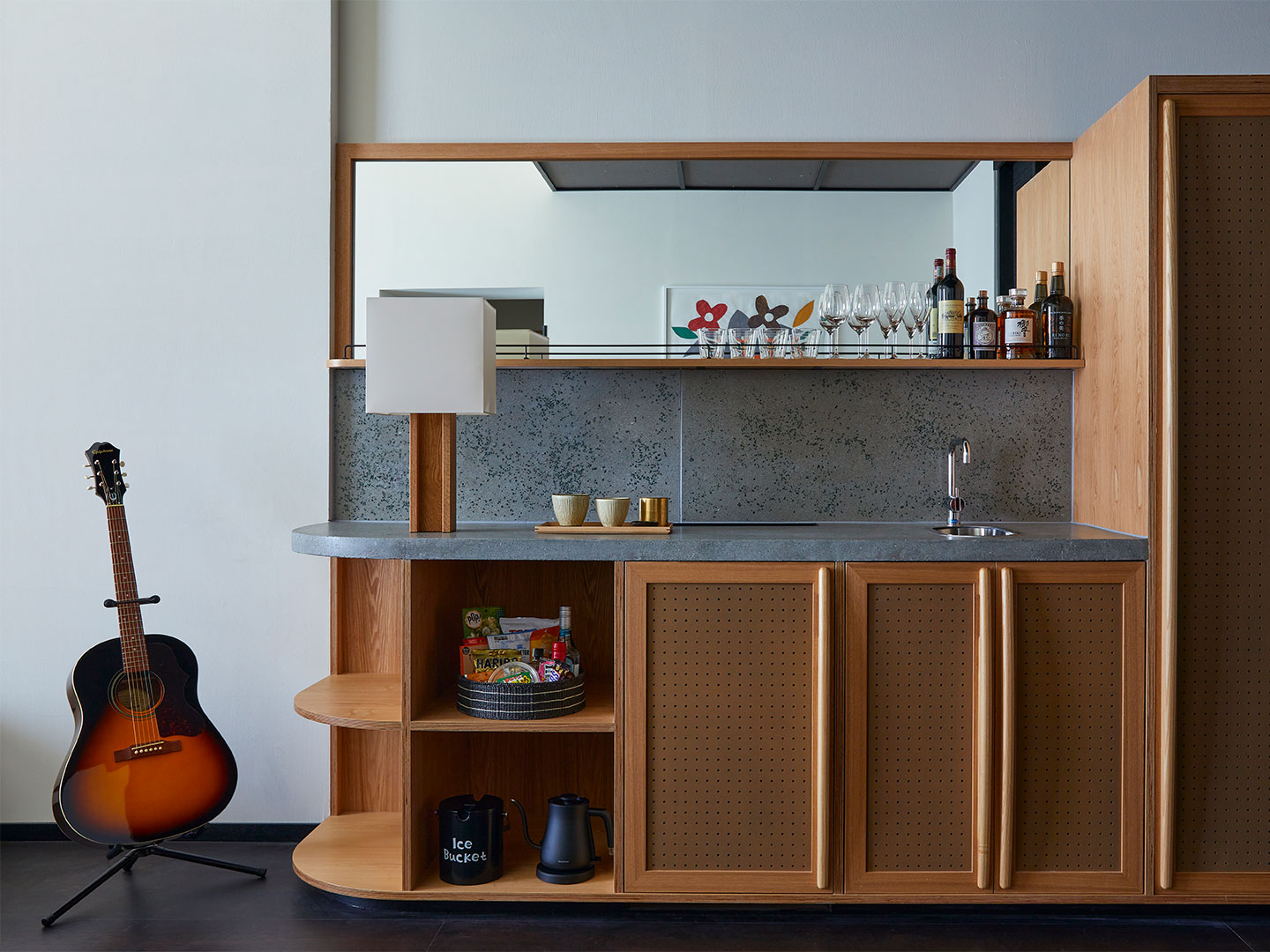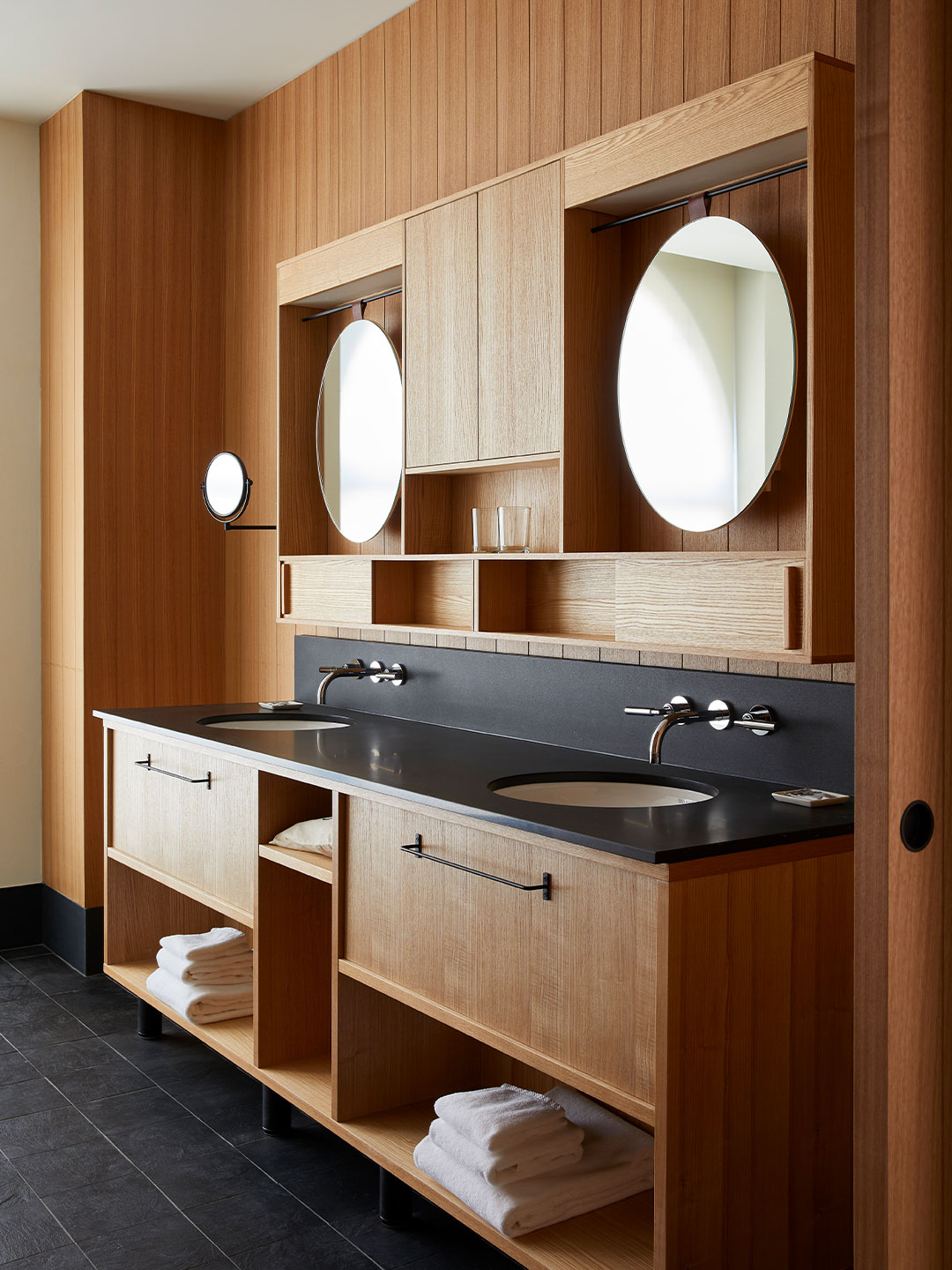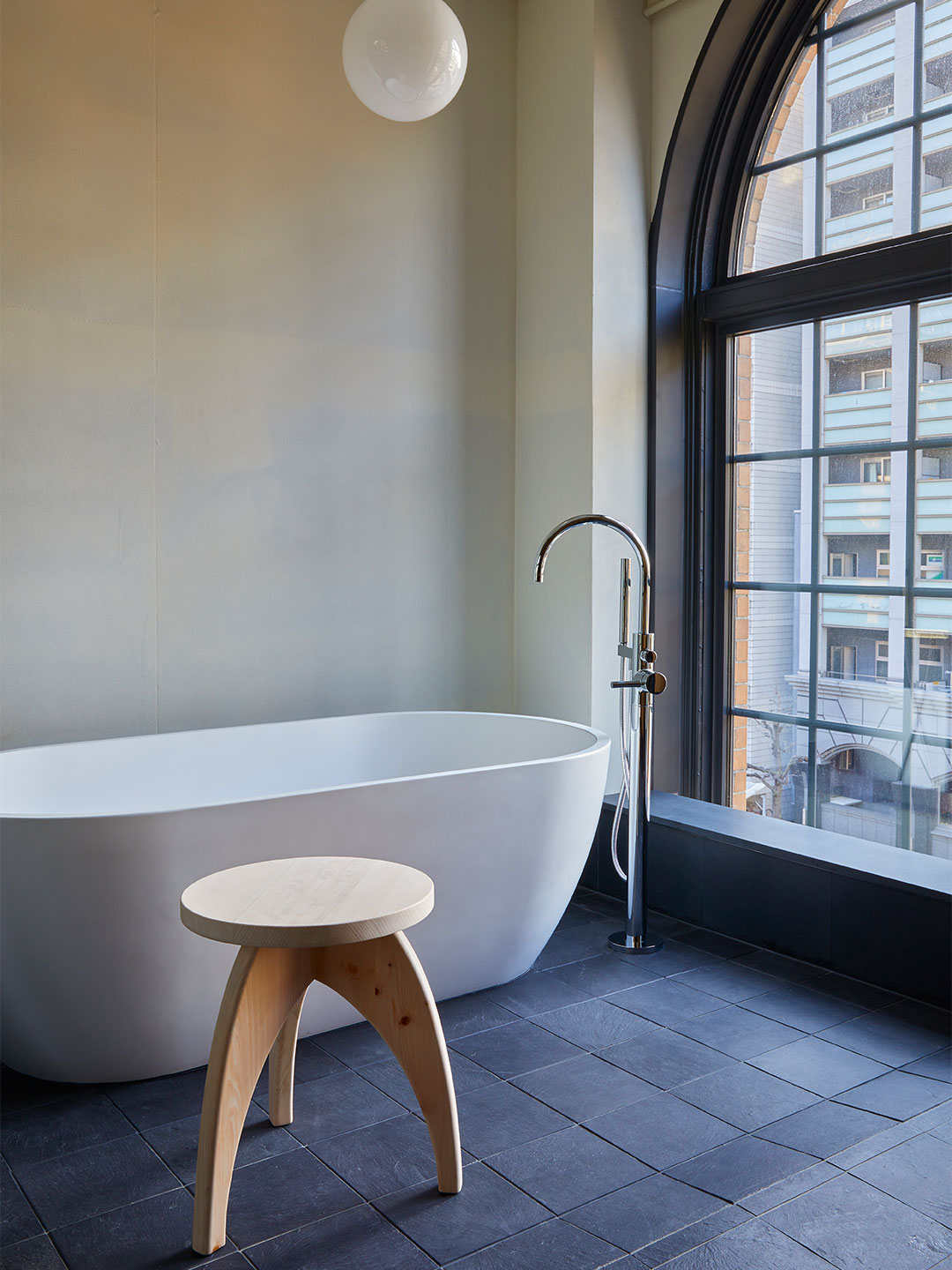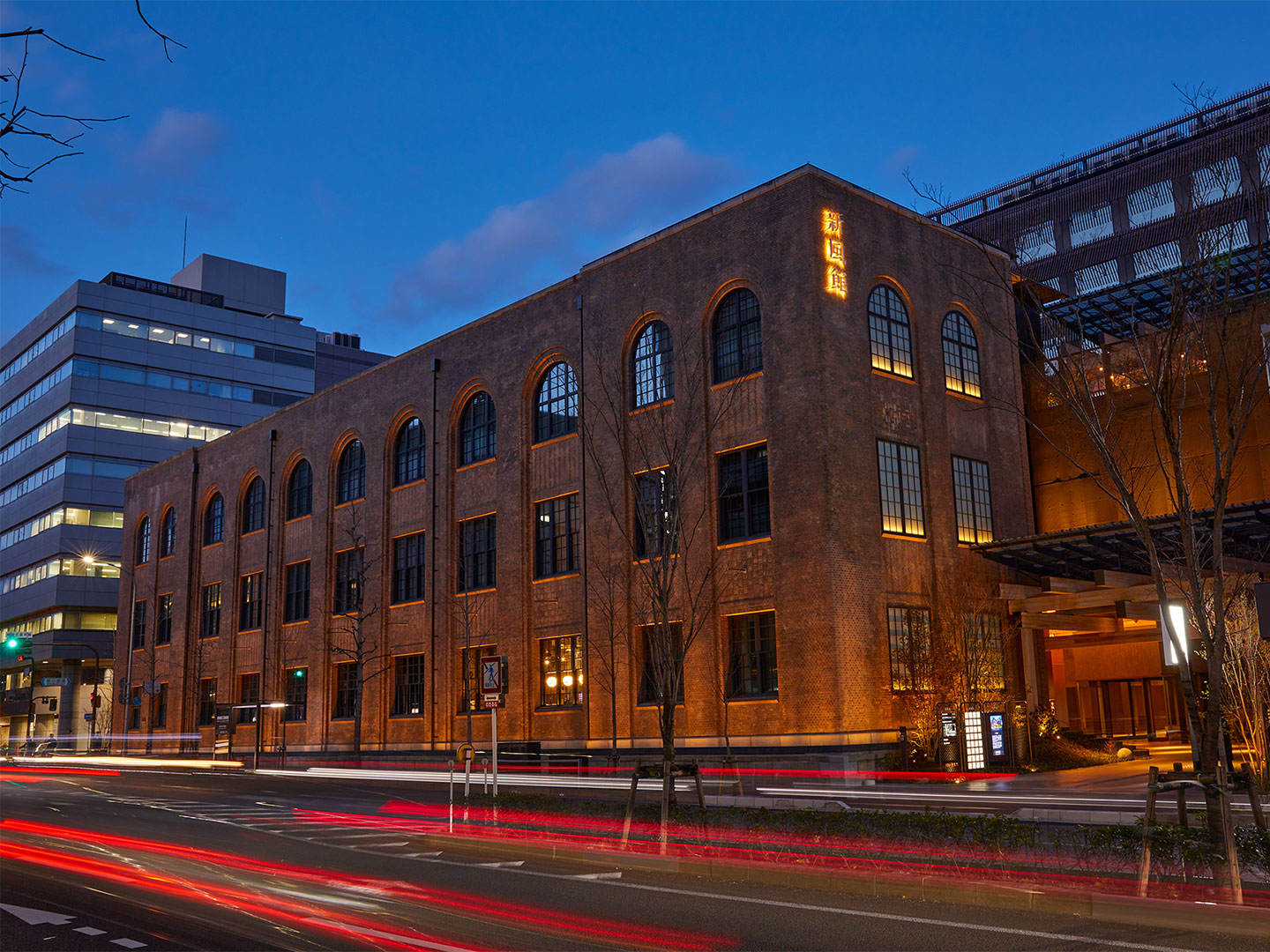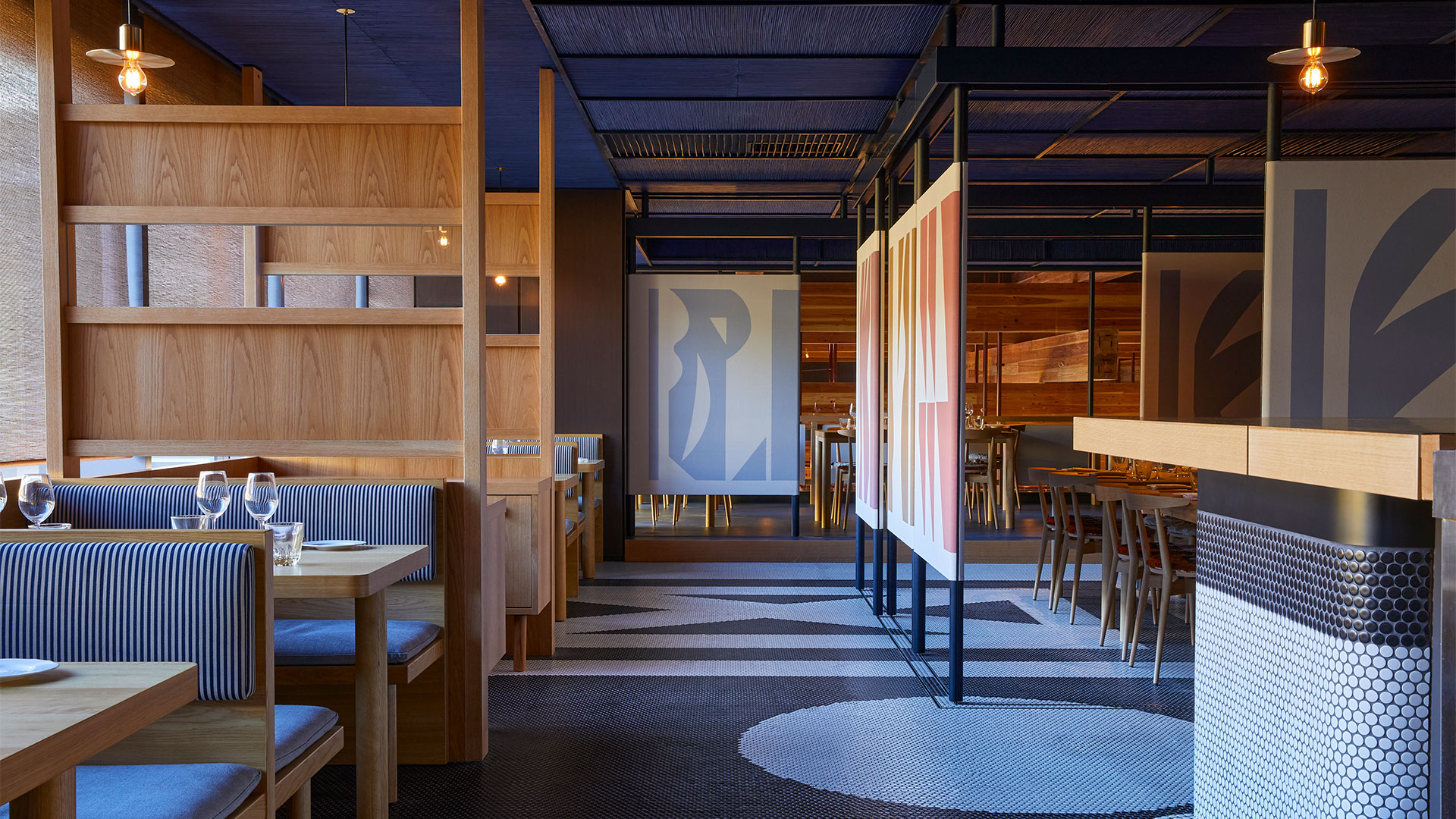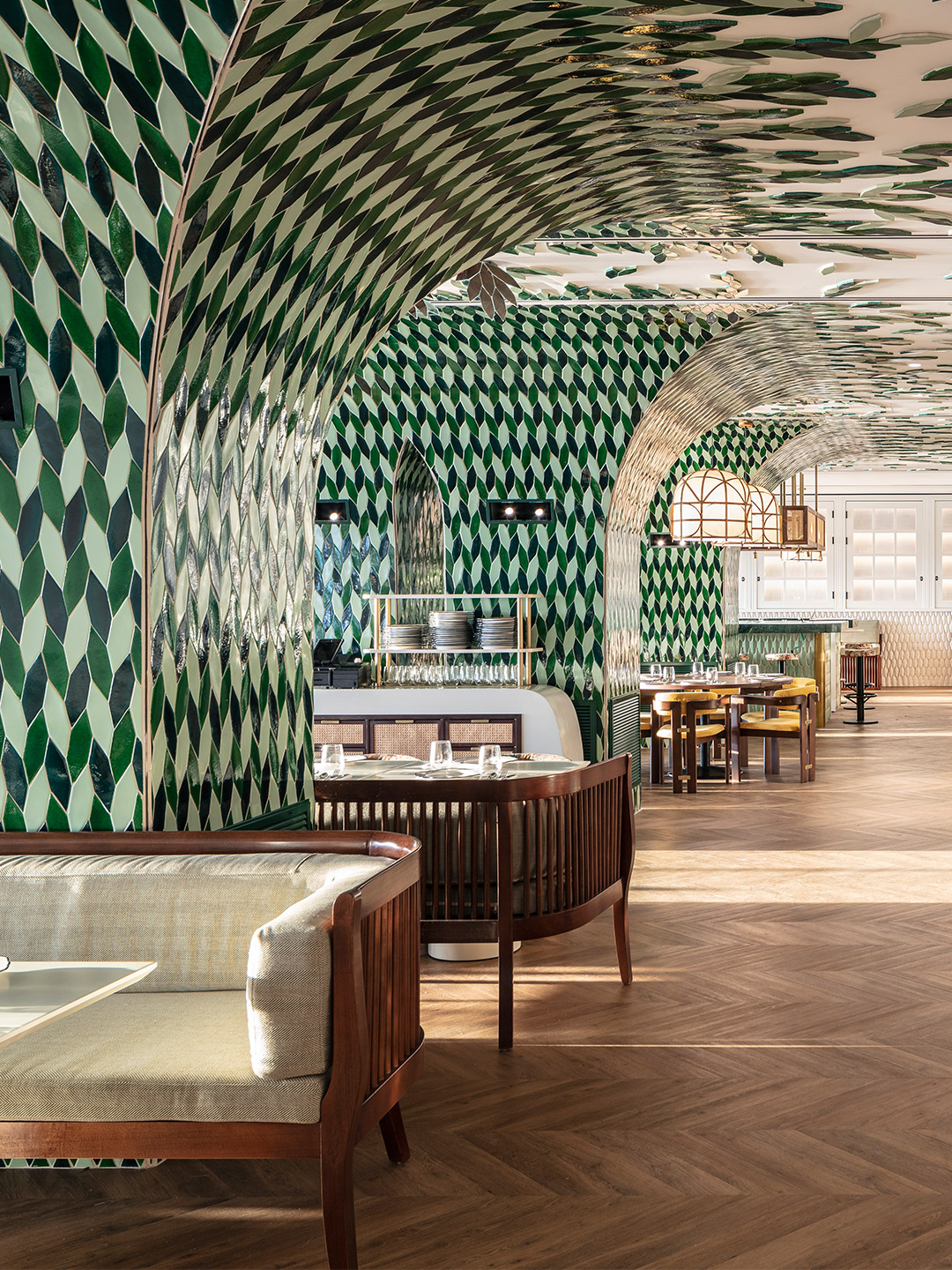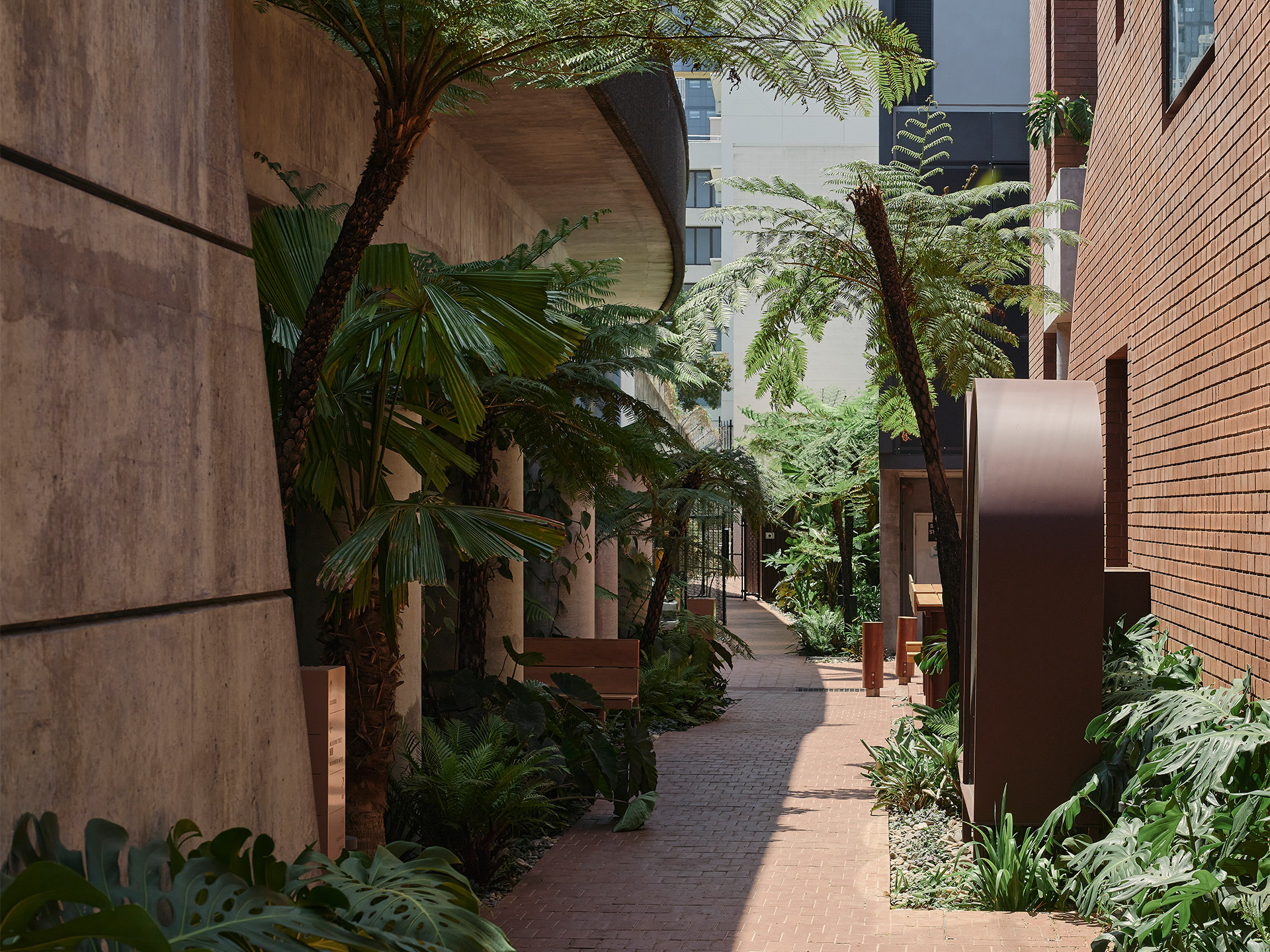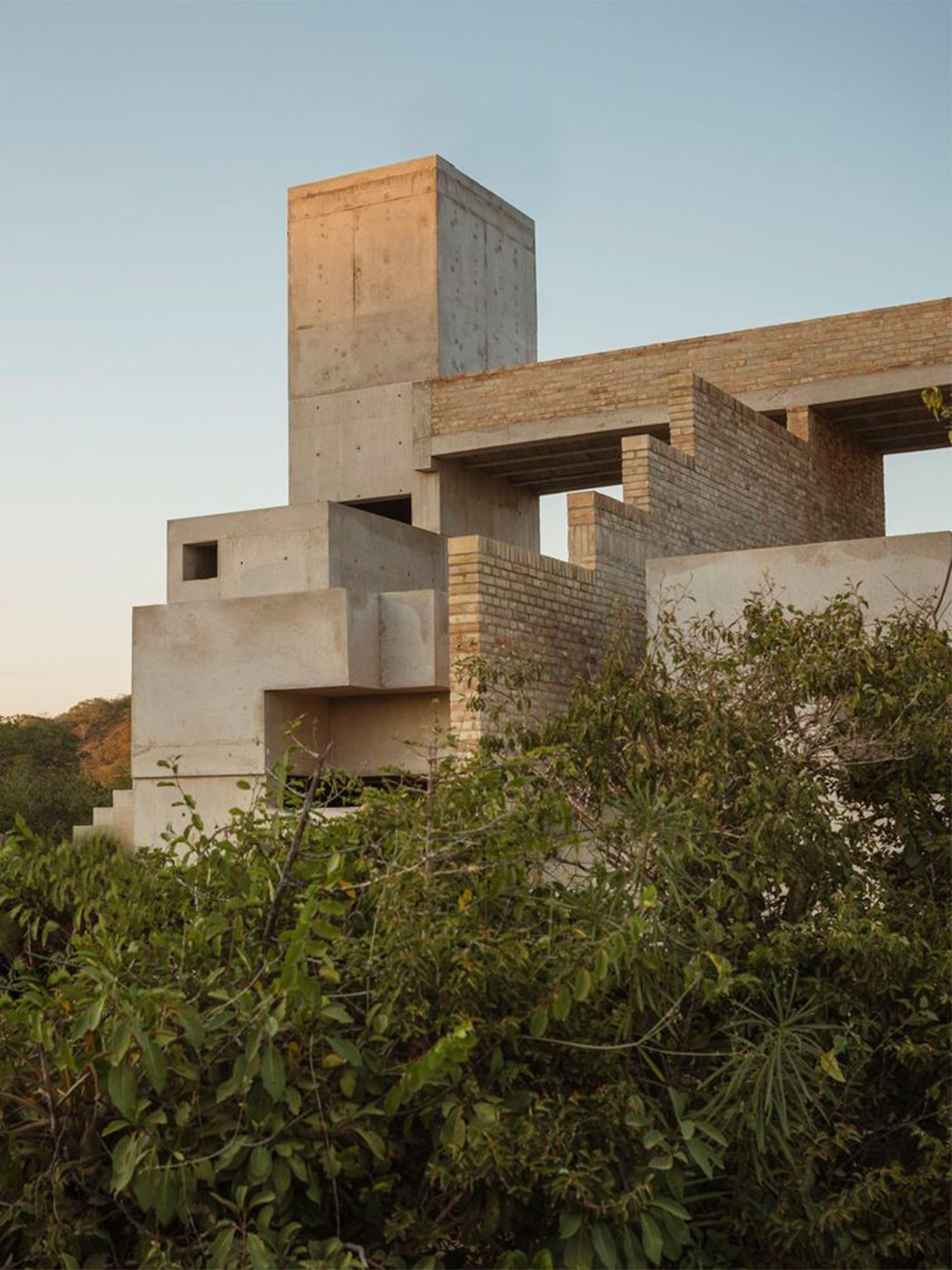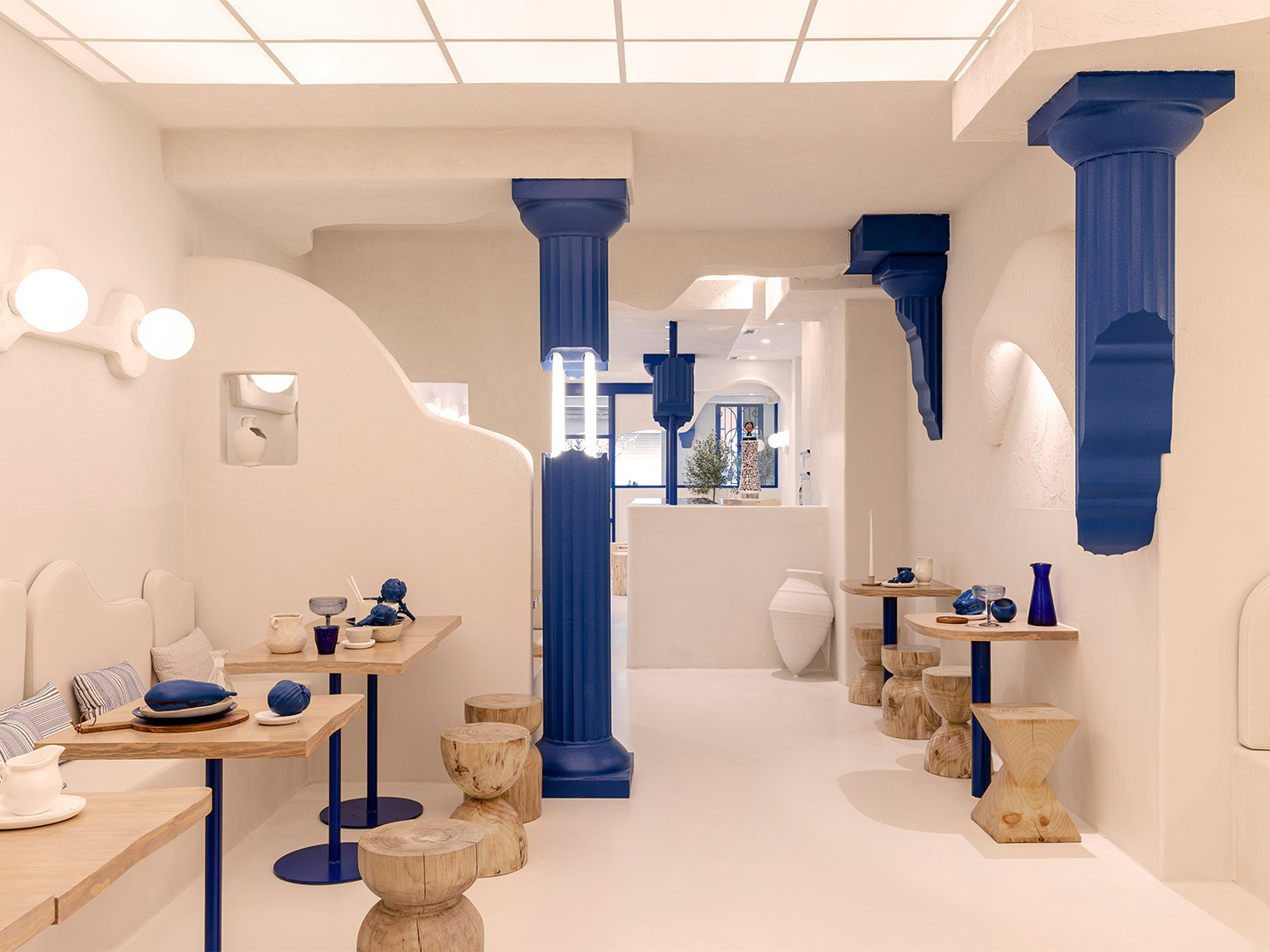In a pre-pandemic universe, Australians were one of the top ten nationalities to frequently touchdown in Japan. So as murmurs grow louder about the potential of a travel bubble opening up between the two countries, it comes as no surprise that ‘the best places to stay in Japan?’ is a regular question found in our Google search history results.
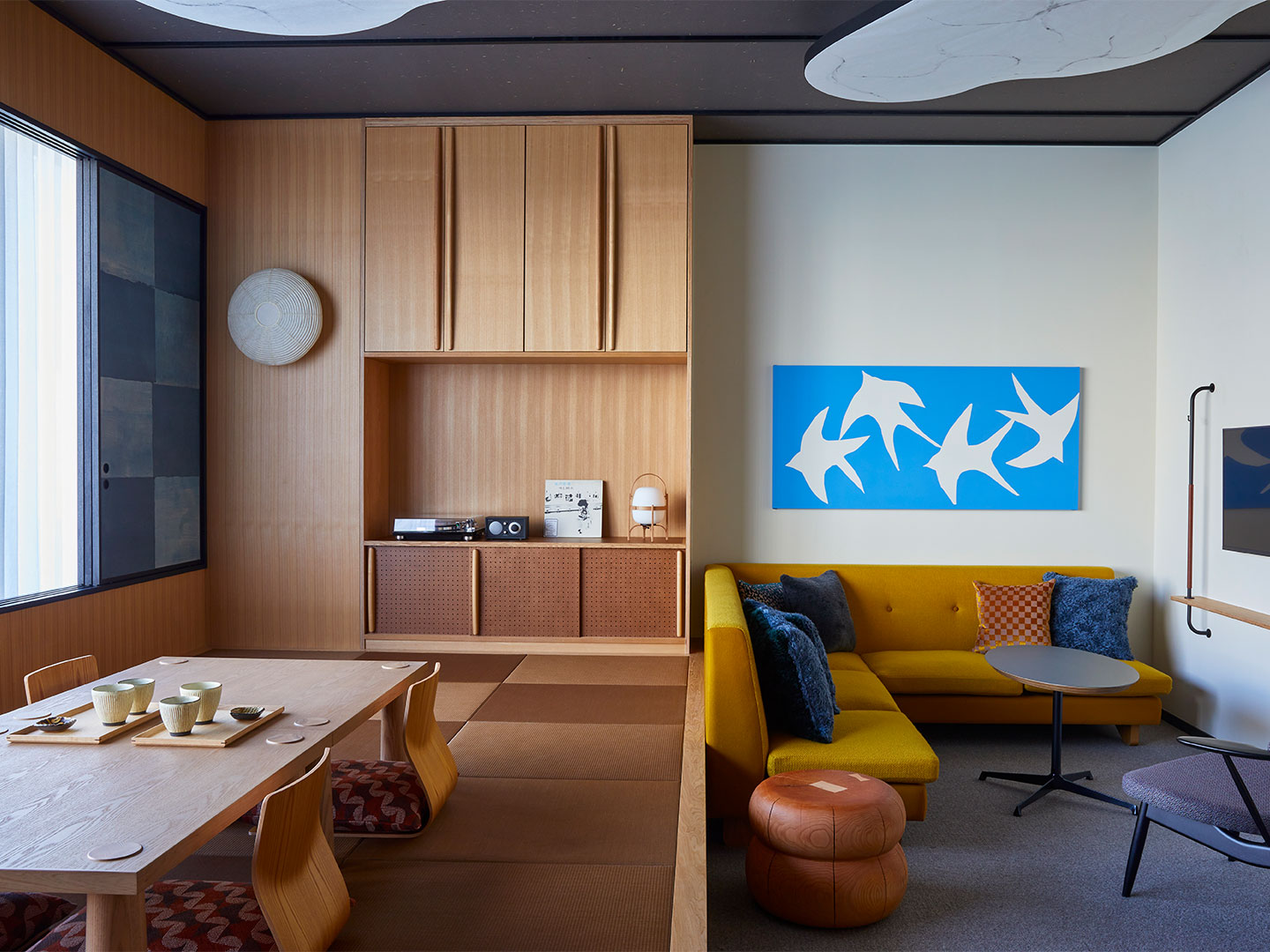
As with any emerging holiday destination (Japan only overtook Thailand as Australia’s go-to Asian holiday destination in 2014), the reasons why Aussies adore Japan are wide and varied. Its culture and natural beauty is spectacular, the skiing is incredible – as are the onsen! – and the traditional and contemporary cuisines are unbeatable.
Then there’s the downright weird, the whacky and the wonderful. Where else in the world can you dress up as Mario or Luigi and motor through the metropolis in a go-kart? The fashion, art, architecture and design scene is fittingly cutting-edge; the country’s hospitality ranks in the same league.
Dressed in a fusion of American-meets-Japanese sophistication, the much-anticipated Ace Hotel Kyoto opened its doors to an unfamiliar world in mid-2020. Here, Karine Monié revisits the designer destination and shines a spotlight on the charms that place this epic lodging high on our must-visit list when flight paths reopen.
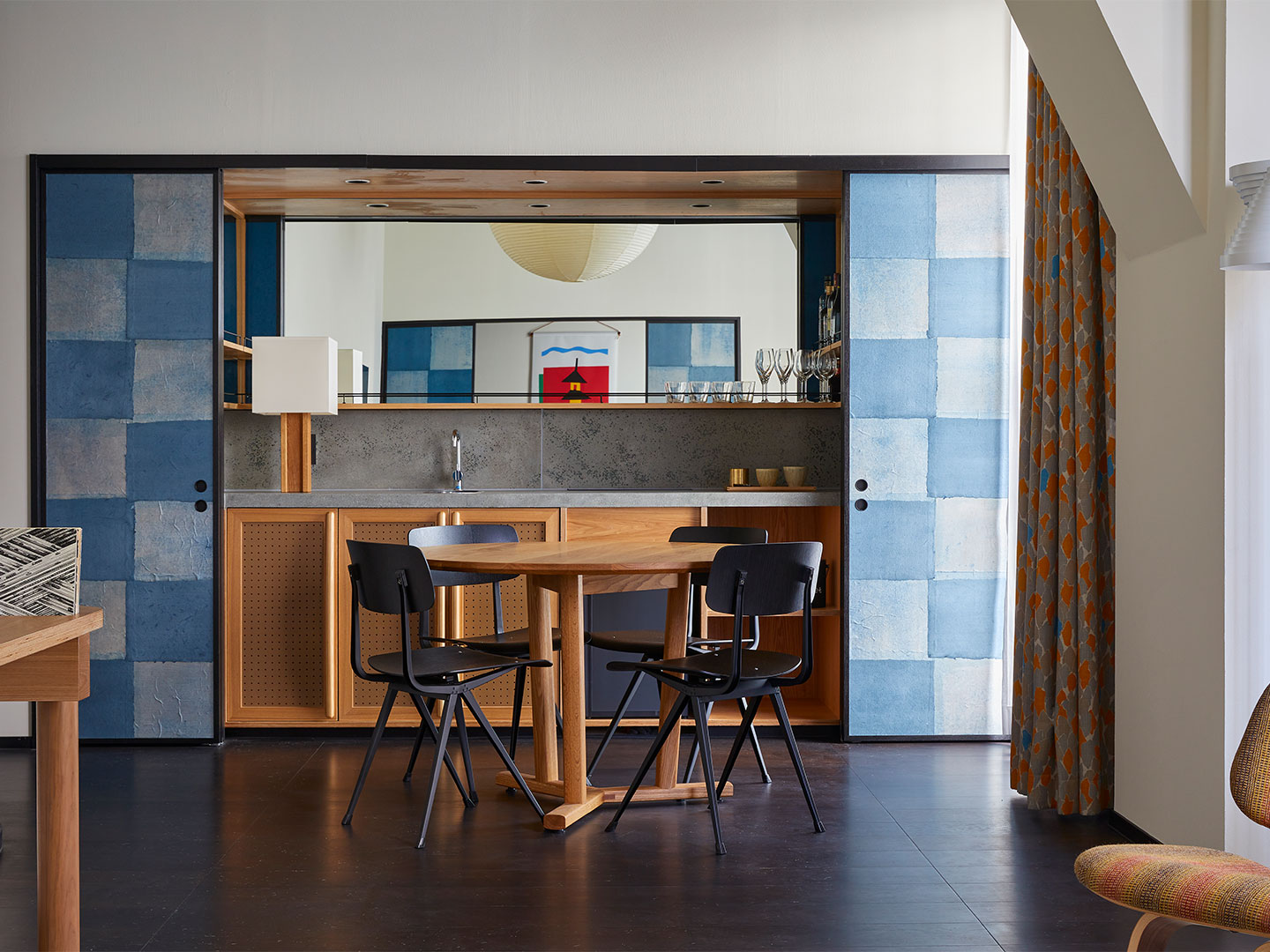

With its 213 rooms, several patios and gardens, event spaces, gallery, coffee place and three restaurants, Ace Hotel Kyoto has the ambition of being a new cultural hub where tradition and modernity blend. Located near the Nishiki Market, Museum of Kyoto and Kyoto Art Center, the first Ace Hotel in Asia occupies a historic red brick building from 1926 – originally designed by Tetsuro Yoshida, one of the most important Japanese modern architects – and a new structure by renowned architect Kengo Kuma.

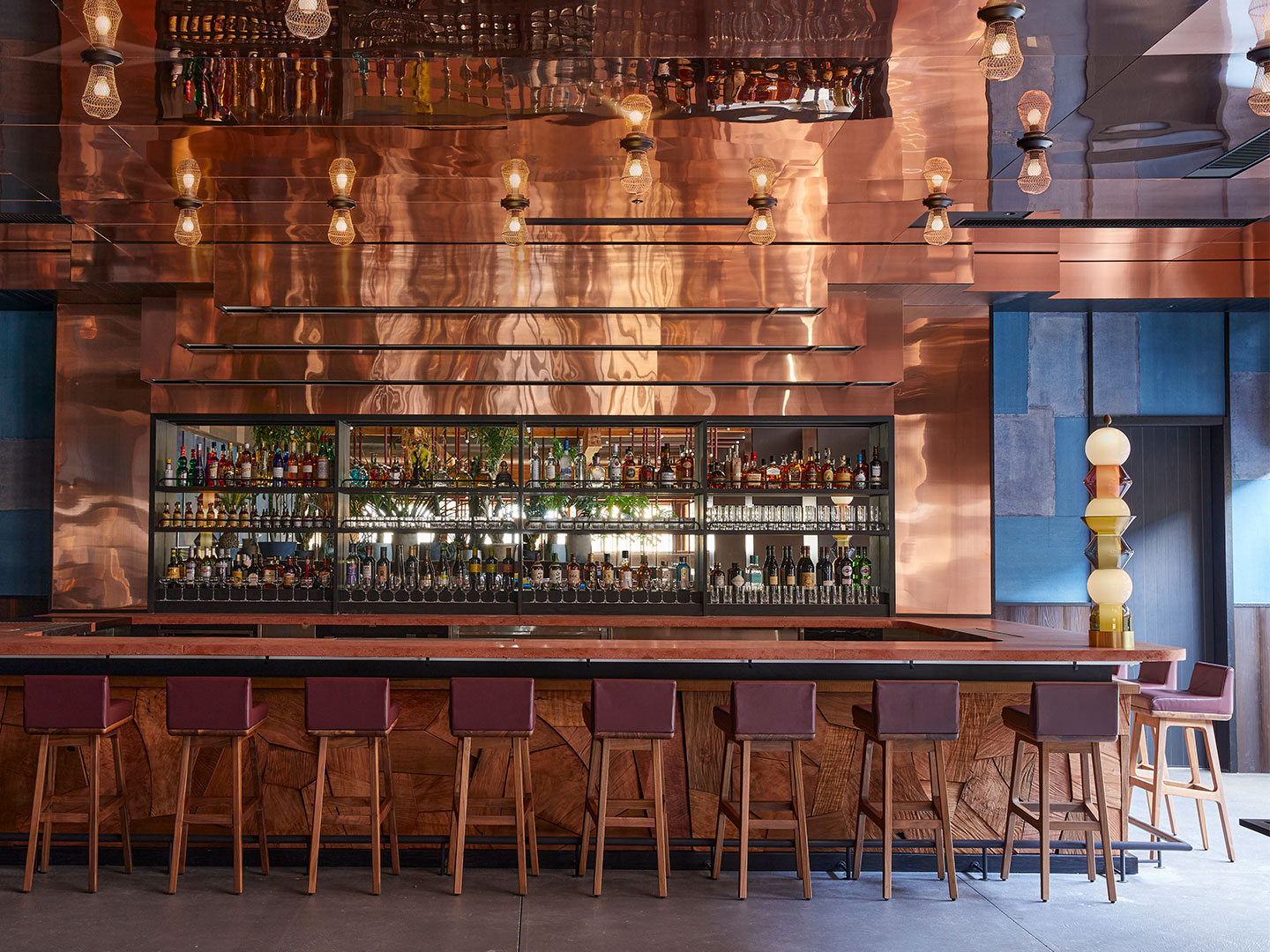
“The thought was to create a hotel that is connected to Kyoto and open to the surrounding area,” says Kengo. “The proposition was to create a dense garden where communities, as well as the past and the present, are [linked] to this venerable land with its various gardens, which have existed since the Heian period.” The Heian period ran from 794 to 1185 and was a time in Japan’s history when Buddhism, Daoism and other Chinese influences were at their height.

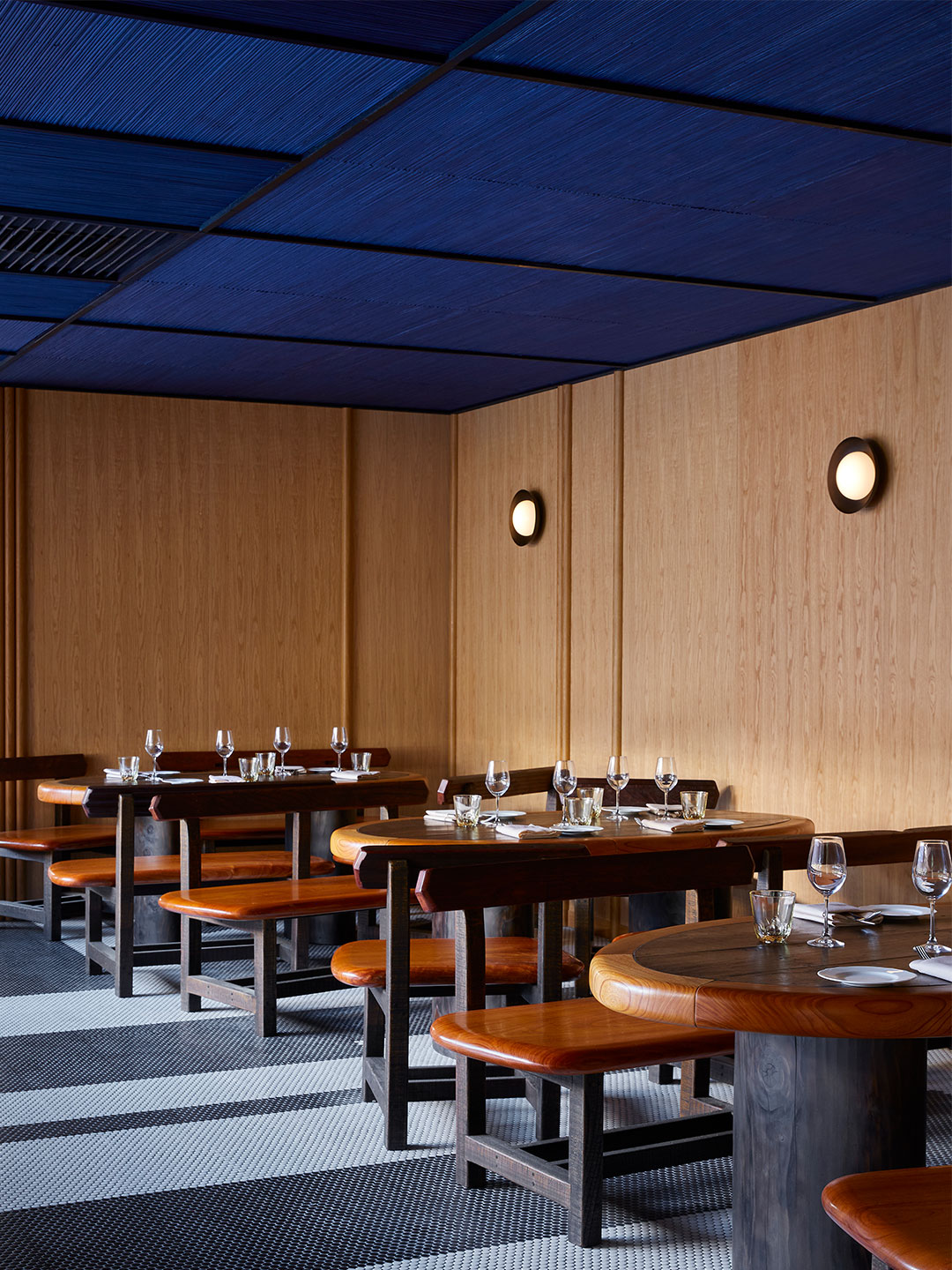
The architect wanted to build a dialogue between the two buildings – the old and the new – and create harmony through the use of louvers and meshes that filter the natural light and wind. The concrete was mixed with iron oxide to give life to a warm colour that could not have been done with paint. The gridded facade system of the new building nods to the traditional architecture of Kyoto, including the machiya houses that are particular to the city.
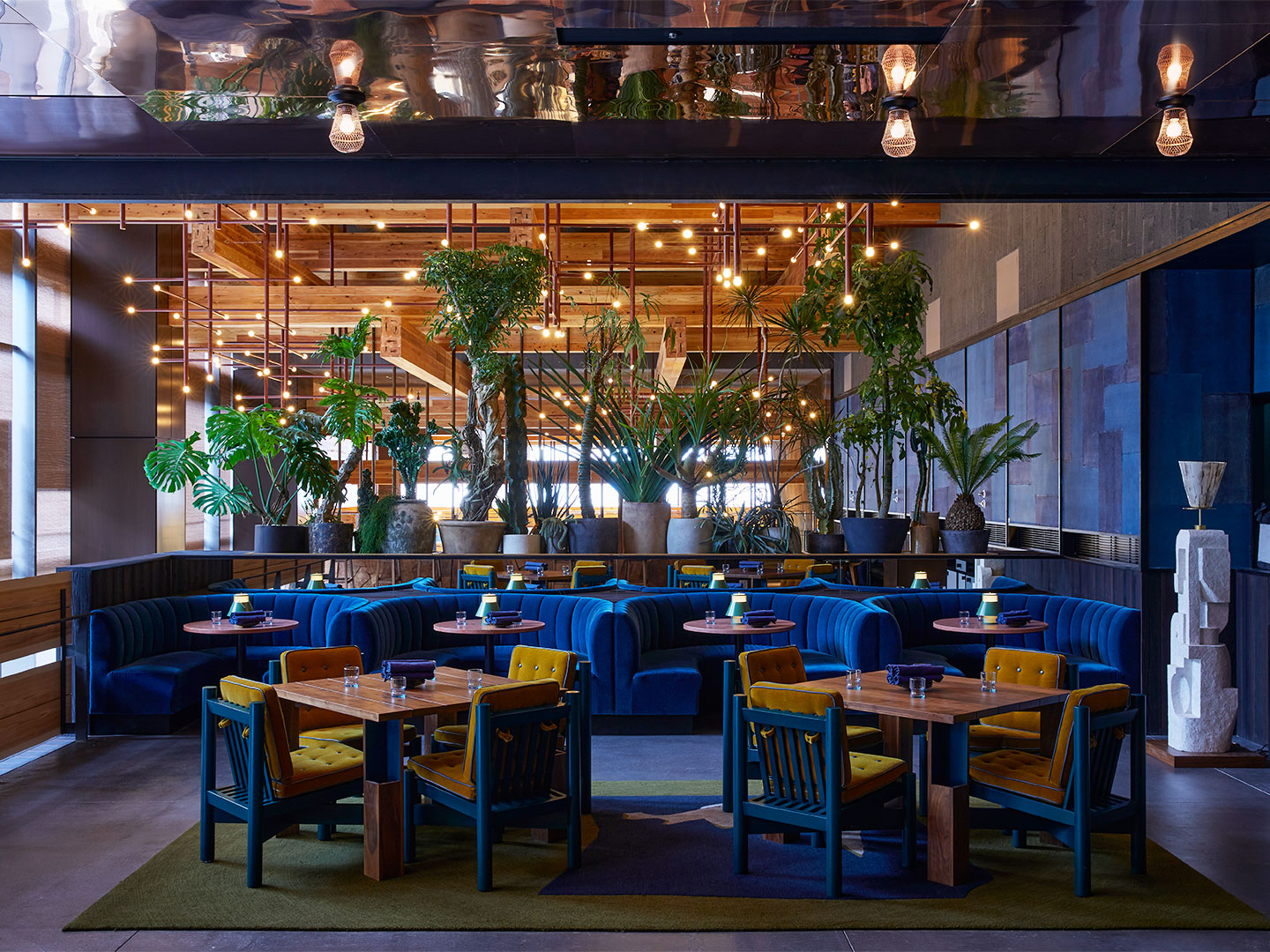
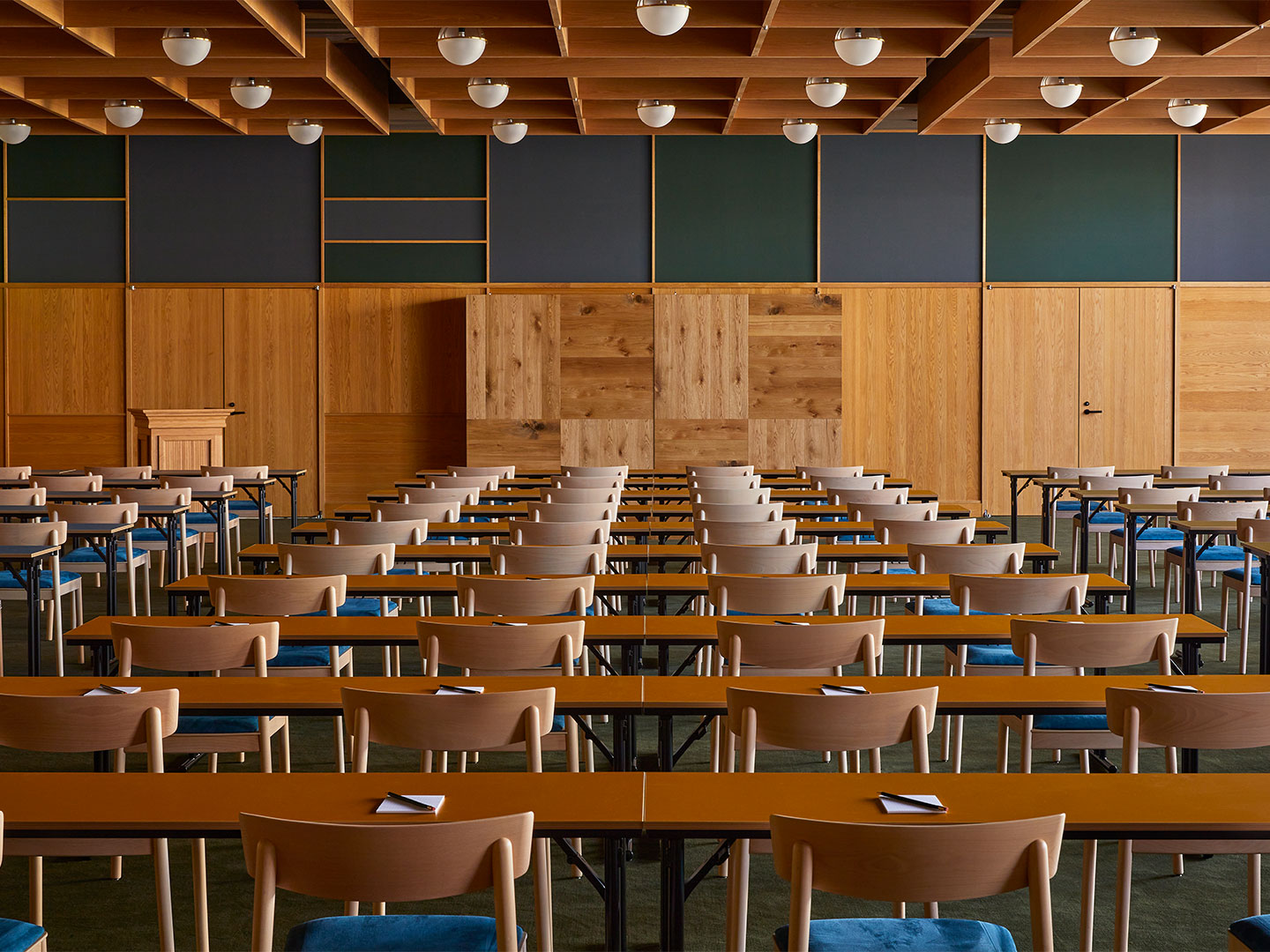
Kyoto has long been an inspiring place for artists, designers, musicians, film directors and poets. This creative spirit pervades the interior spaces shaped by Atelier Ace in collaboration with Los Angeles-based studio Commune Design around an East-meets-West aesthetic philosophy.
The team worked with local craftsmen and artists to honour this idea of exchange between cultures, contributing to the interplay of nature, art, history and inventiveness at Ace Hotel Kyoto.
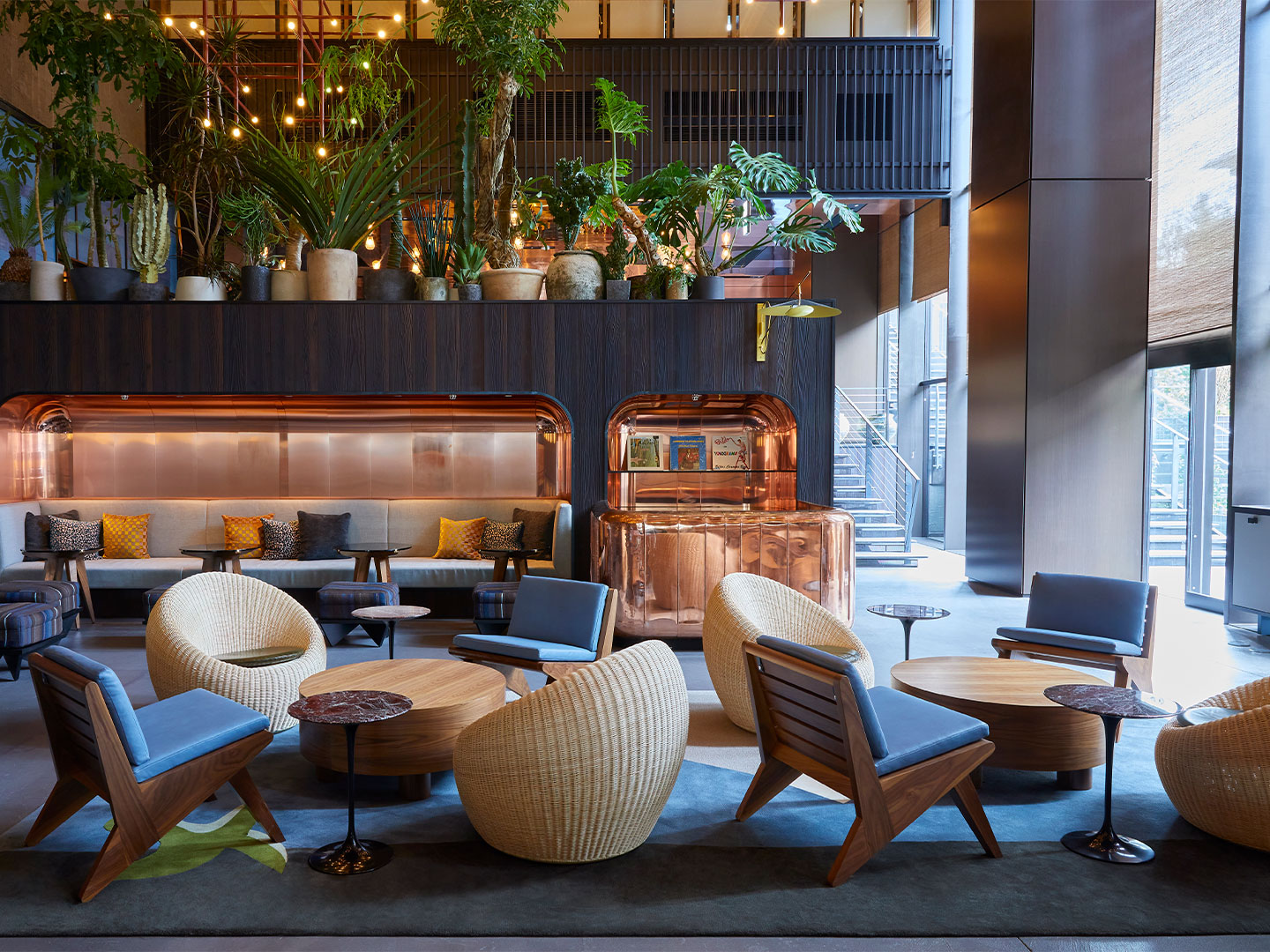

The first Ace Hotel was opened in Seattle in 1999. Since then, the dynamic hotel brand has unveiled a number of edgy establishments including the much-Instagrammed Ace Hotel and Swim Club in Palm Springs, California, and the Shoreditch outpost in London, imagined by Universal Design Studio.
The Ace Hotel Kyoto is welcomed as the tenth hotel in the Ace Hotel Group.
acehotel.com; kkaa.co.jp; communedesign.com
The thought was to create a hotel that is connected to Kyoto and open to the surrounding area.
